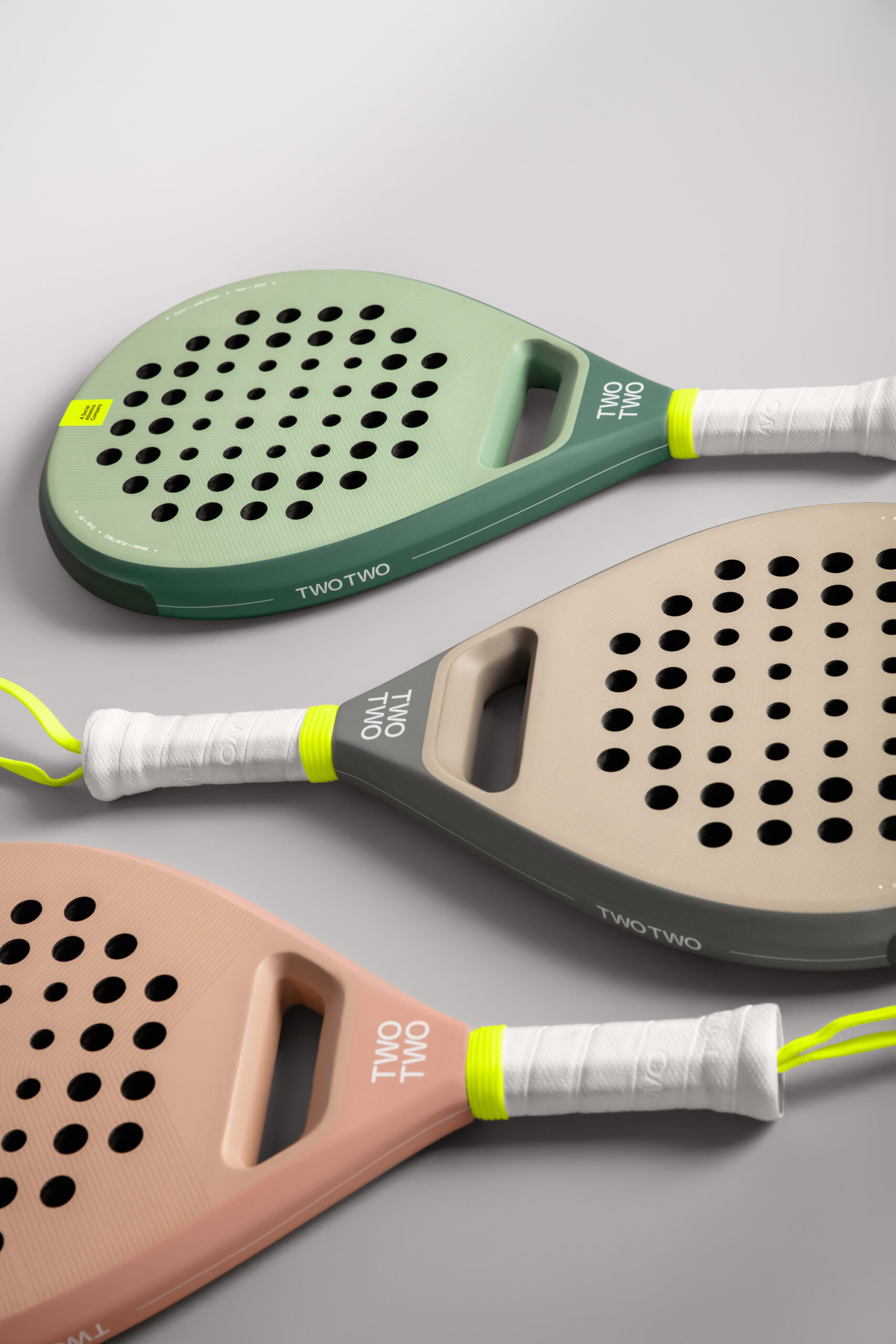Choosing your first padel racket
Buying your first racket can be a difficult decision. Toby Bawden, of Padel Corner, covers the basics.
Racket weight
This can vary between 320g-400g (especially if you add grips); 100g might not seem like much but wait until you are swinging it constantly for a couple of hours! If you are new to padel or have elbow/shoulder injuries I always recommend aiming slightly lighter, so 340g-370g.
Balance
This basically tells you if the racket is head heavy, evenly balanced or head light (the weight is more in the handle). You can actually test this yourself by taking a rule or edge and seeing where the even point is across the racket. A head heavy racket will feel heavier than a head light racket even if they are exactly the same weight. This again is a preference and further down your padel career you might opt for a head heavy racket but to start I would suggest an even balance or head light (most brands will tell you how the balance of the racket is).
Stiffness
This affects the impact and responsiveness of the contact. Generally speaking a harder racket gives more power, less feeling and more vibrations up your arm. A softer racket gives more control/feeling and less vibrations. This can be very difficult to measure, the only real way is to test it by hitting or using the heel of your hand to feel how hard it is (you might need the help of a coach or more experienced player to tell you). Generally speaking the brands will say if it’s a softer or harder racket. For a new player, power is unlikely to be a crucial part of your game so I would always suggest a softer racket for those starting out.
Shape
There are three shapes of racket – diamond, tear drop and round. As a new player I would not get too caught up on the right shape. The shape might alter the balance (diamond is most head heavy usually) but materials that brands use is a much bigger factor. Choose the shape you feel comfortable with.
So, you know you need a relatively light, evenly balanced, softer padel racket…how do you find that?
In most cases the brands will have that information about each of their models online. But in the best case scenario you can test the rackets. This might be a system you can find at the local padel club or if padel is not quite set up like that near you yet, then ask to borrow rackets. Players at the club will have a wide variety of racket and most are willing to let you hit the ball for five minutes to see what their padel bat is like.
To save money…
Wait for a deal: almost all the brands will have a deal on rackets later in the season.
Try a less mainstream brand: having made my own rackets I can tell you the quality of the smaller brands are similar (if not better in some cases) than their expensive counterparts. Nowadays there are plenty of cheaper options that will offer you, a relatively new player to padel, some very good rackets.
Buying pre-loved: Only buy a secondhand racket if you know the person and know how long they’ve used it! I have seen so many times where people have bought secondhand to save money, have then broken the racket within the first few times of playing (assuming they didn’t notice it was broken when sold) and then have to buy a new racket almost straight away. I would also only recommend buying the racket if your friend has used it less than a handful of times.




